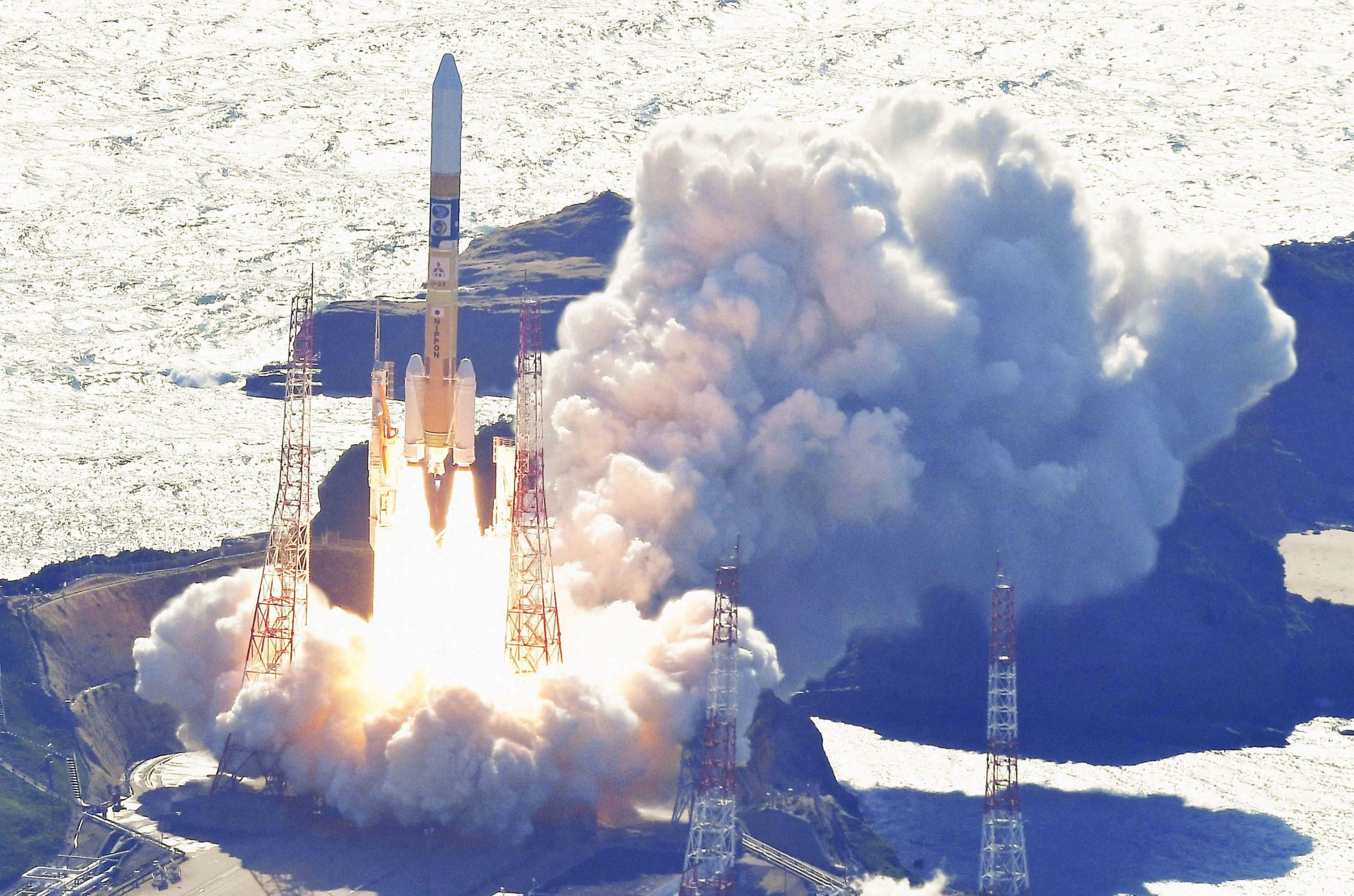After SLIM (Smart Lander for Investigating Moon) suffered a setback when its solar panels failed to produce electricity on the moon’s surface, Japan is making a valiant effort to bring the spacecraft back to life. Officials from the Japan Aerospace Exploration Agency (JAXA) are now hopeful about the prospect of reviving SLIM, despite their initial reservations.
Japan became the fifth country to accomplish a soft landing on the moon when SLIM made its historic landing on January 19. But when the solar panels didn’t provide the expected amount of power, the mission encountered a problem that cast doubt on the lander’s destiny. The team purposefully turned off SLIM in order to prevent issues with over-discharge during resuming.
The most recent JAXA bulletin indicates that SLIM’s recovery has a promising prognosis. The telemetry data shows that the lander’s solar cells face west, indicating that power generation may be possible if sunlight strikes the lunar surface from that direction. With the intention of being able to run SLIM entirely on solar energy, the crew is working hard to prepare for a recovery operation.
SLIM conveyed technical information and images obtained throughout its descent and landing, demonstrating the mission’s accomplishment in spite of unforeseen difficulties. At the conclusion of the week, JAXA intends to offer a thorough status report that includes a summary of the data analysis that have been completed thus far.
The latest JAXA bulletin suggests that there is a good chance for SLIM’s recovery. The lander’s solar cells face west, according to the telemetry data, suggesting that power generation would be feasible if sunlight contacts the lunar surface from that direction. The team is putting in a lot of effort to get SLIM ready for a recovery operation so that it can eventually run completely on solar power.
SLIM demonstrated the mission’s success despite unanticipated challenges by transmitting technical data and photos taken throughout its descent and landing. JAXA plans to provide a comprehensive status report at the end of the week, which will include an overview of the data analysis that has been finished so far.

